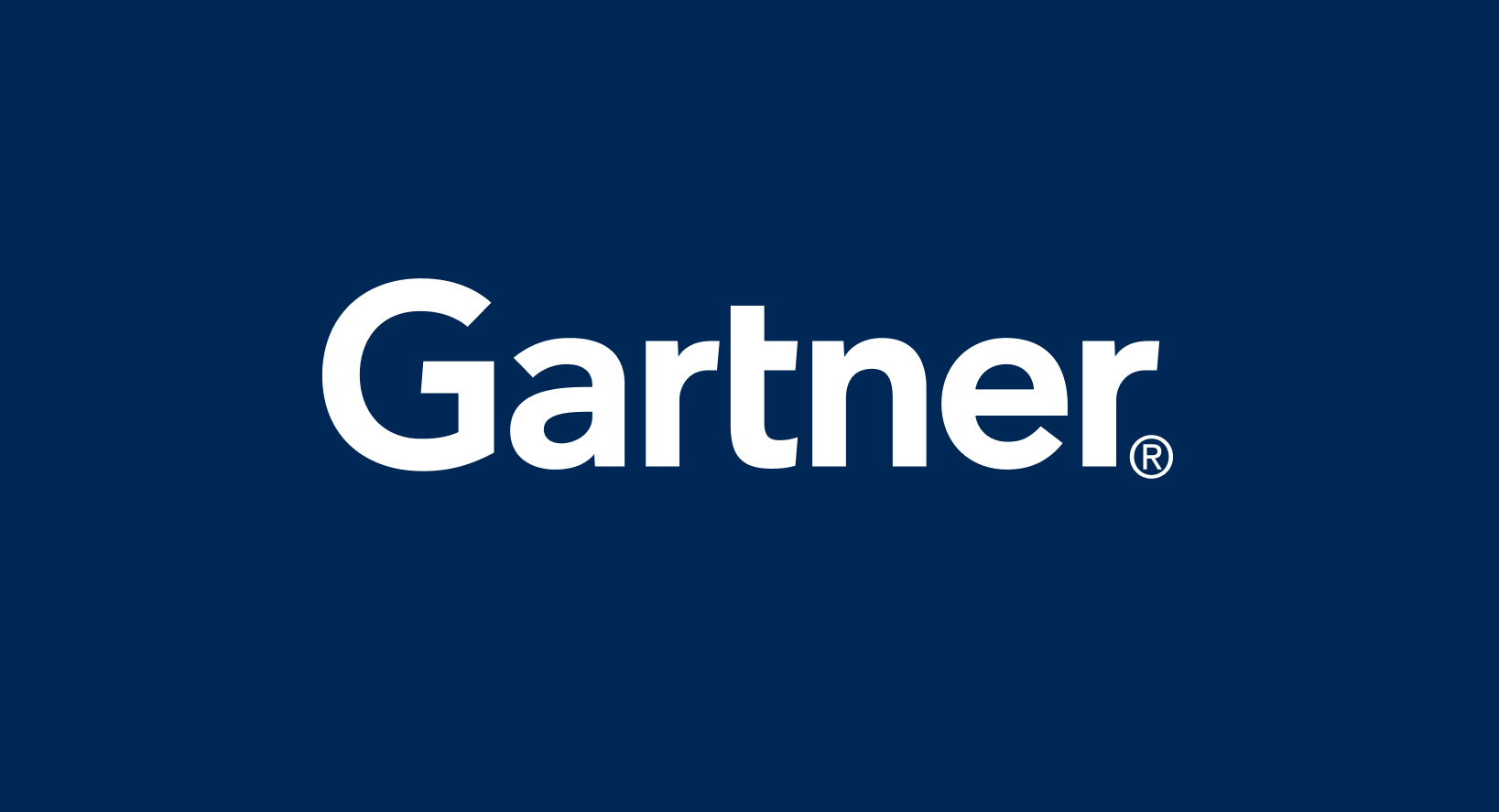Cost Reduction

Cost reduction is achieved through the optimization of routes, better resource management, and the automation of various processes. By reducing fuel consumption, minimizing overtime, and enhancing vehicle utilization, companies can significantly lower operational expenses. Additionally, efficient inventory management and reduced error rates contribute to cost savings. These cost reductions not only improve the bottom line but also enable companies to offer competitive pricing, thereby attracting more customers and increasing market share.
Optimized Route Planning

A Last Mile TMS utilizes advanced algorithms to plan the most efficient delivery routes. This reduces fuel consumption and vehicle wear and tear, leading to significant cost savings. By avoiding traffic congestion and other delays, the system ensures that deliveries are completed in the shortest possible time. Optimized route planning not only reduces operational costs but also enhances delivery speed and reliability.
Better Resource Management

Effective resource management is crucial for minimizing operational expenses. The system ensures that vehicles are loaded to their full capacity and that drivers are utilized efficiently. This reduces the number of trips needed, saving on fuel and labor costs. Additionally, efficient resource management helps prevent overworking the staff, leading to better job satisfaction and lower turnover rates.
Automation of Processes

Automating various processes, such as scheduling and inventory management, reduces the need for manual intervention. This minimizes human error and enhances efficiency, leading to cost savings. Automation also speeds up the delivery process, allowing companies to handle more orders with the same resources. The reduction in manual tasks frees up employees to focus on more strategic activities, further improving productivity.
Reduced Error Rates

The system’s automation capabilities significantly reduce error rates in the delivery process. This includes errors in route planning, scheduling, and inventory management. Fewer errors mean fewer costly redeliveries and returns, improving the bottom line. Reduced error rates also enhance customer satisfaction, as orders are delivered accurately and on time.
Efficient Inventory Management

A Last Mile TMS ensures that inventory levels are maintained at optimal levels, reducing the need for emergency shipments. This efficient inventory management minimizes carrying costs and reduces the risk of stockouts. By ensuring that the right products are available at the right time, the system supports timely and cost effective deliveries. Efficient inventory management also improves customer satisfaction by ensuring that orders are fulfilled promptly.
Competitive Pricing

Cost savings achieved through optimized routes, better resource management, and automation enable companies to offer more competitive pricing. Lower prices attract more customers, increasing market share and revenue. Competitive pricing is particularly important in the logistics sector, where price sensitivity is high. By offering cost effective services, companies can gain a significant advantage over their competitors.
News

Amazon deploying AI tech in delivery vans
Vision-Assisted Package Retrieval aims to help drivers quickly...

Forward Air names new chief...
Forward Air announced a new chief commercial officer Wednesday after...
Newsletter

E-commerce Boom: How Last-Mile Innovations are...
The global e-commerce sector has experienced unprecedented growth...
Gartner

Market Guide for Last-Mile Delivery...
Demand for Last-Mile delivery applications continues to grow, gathering interest...